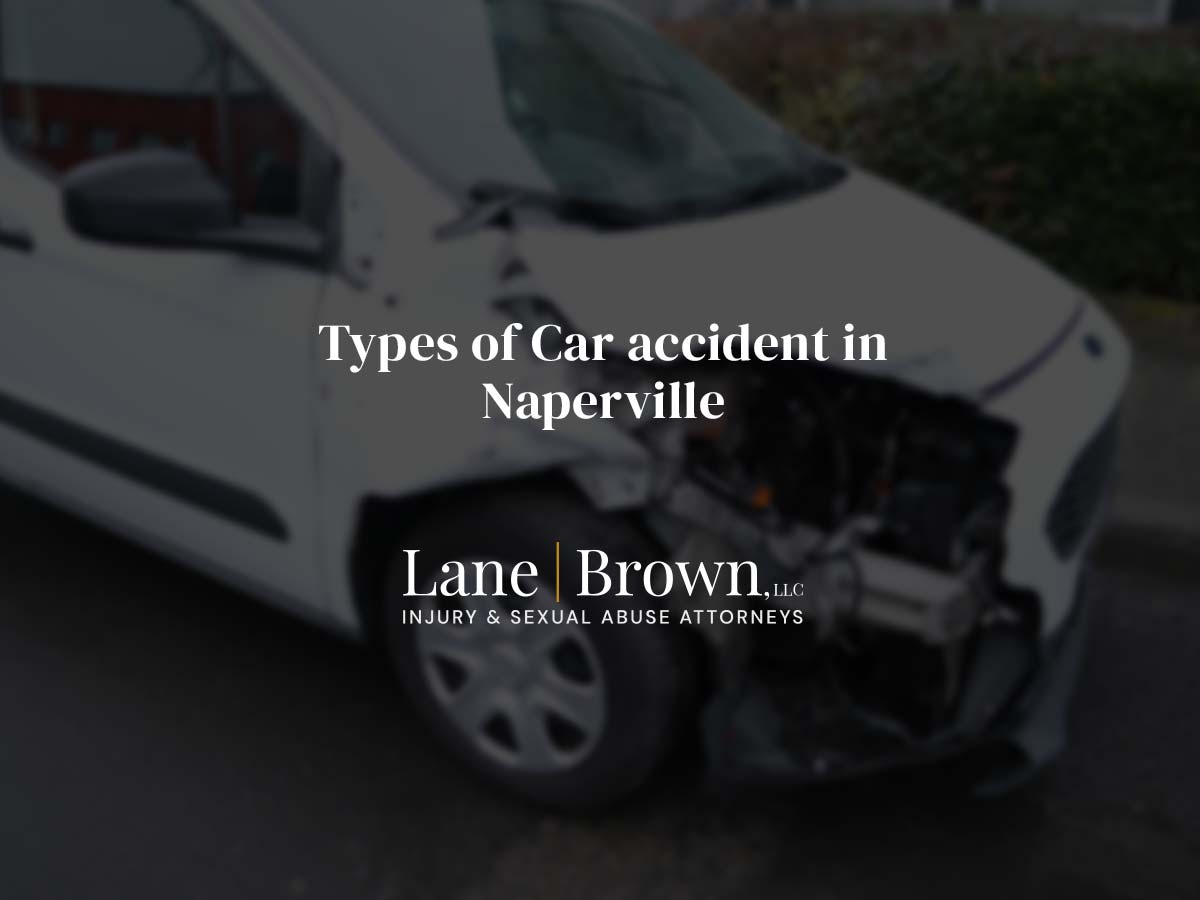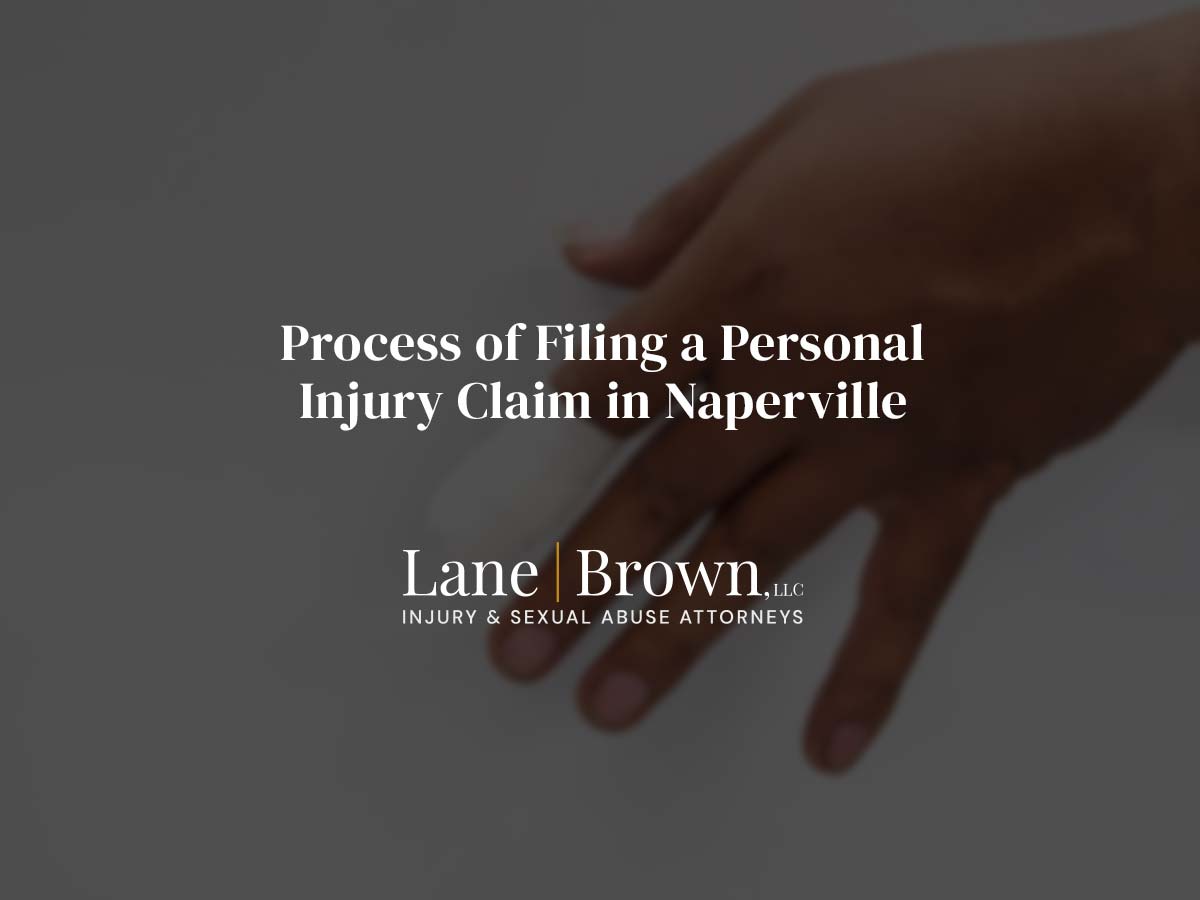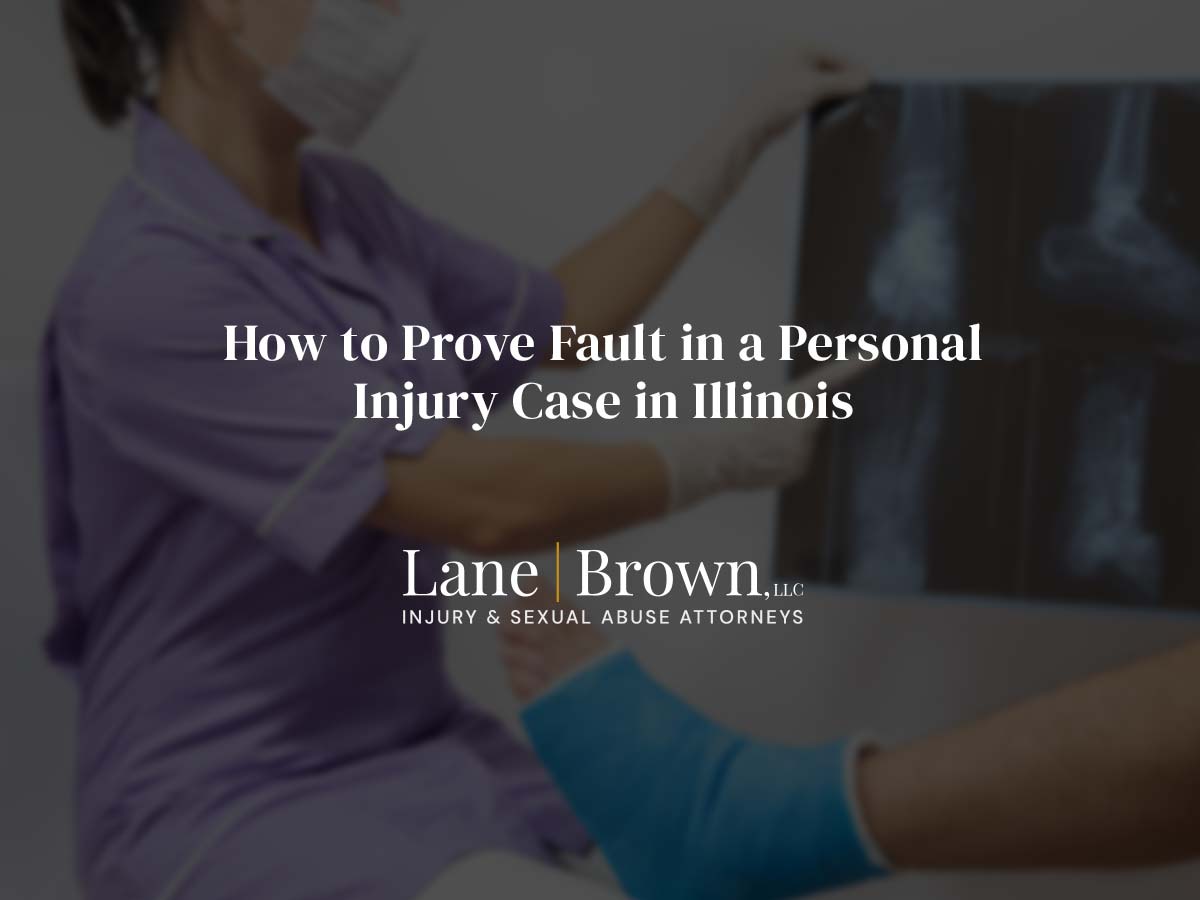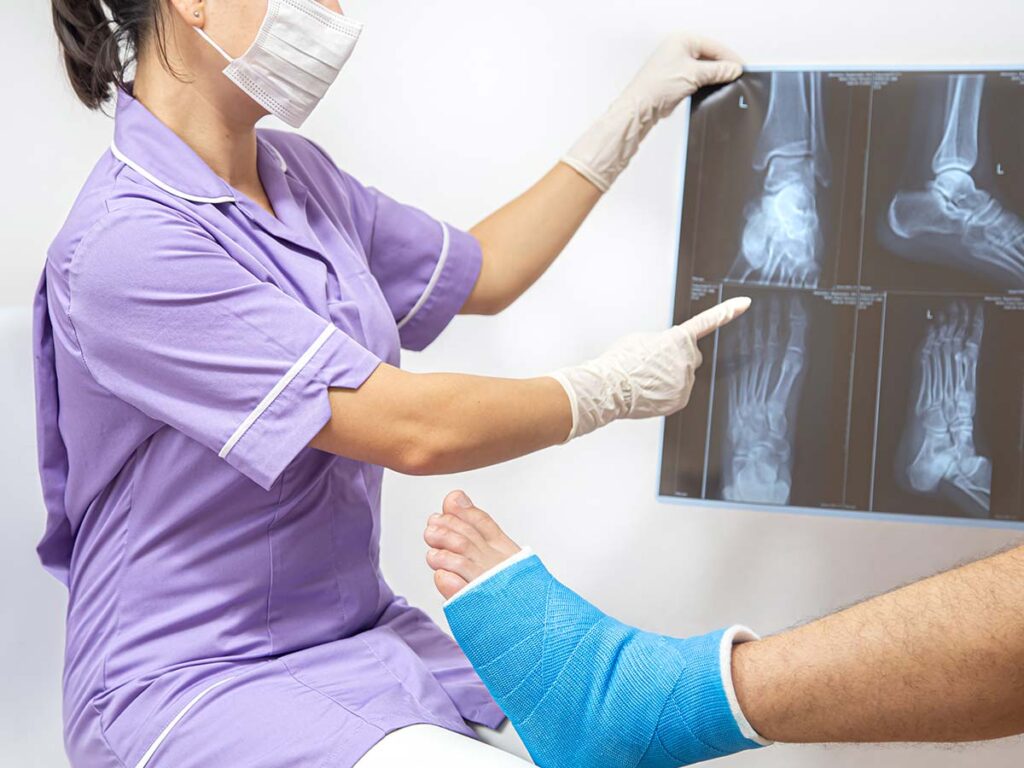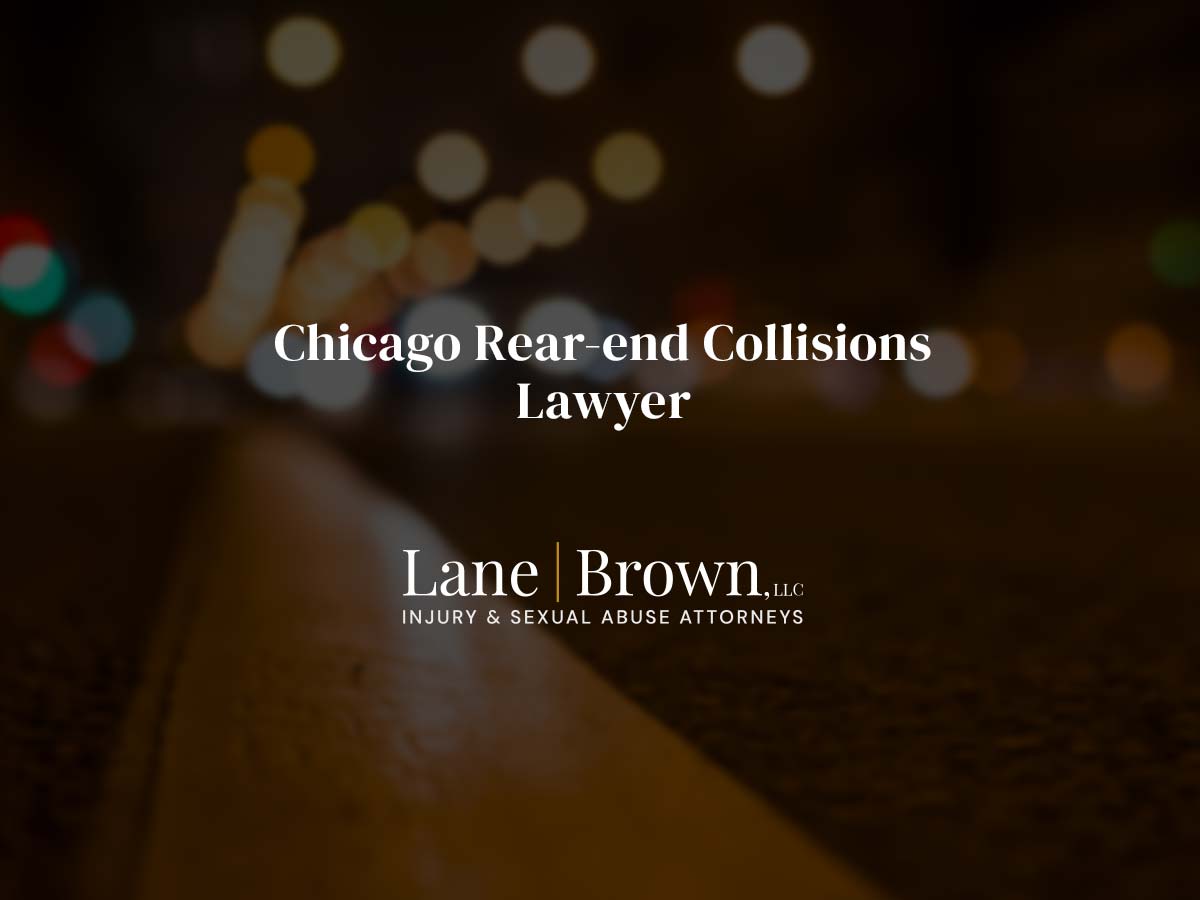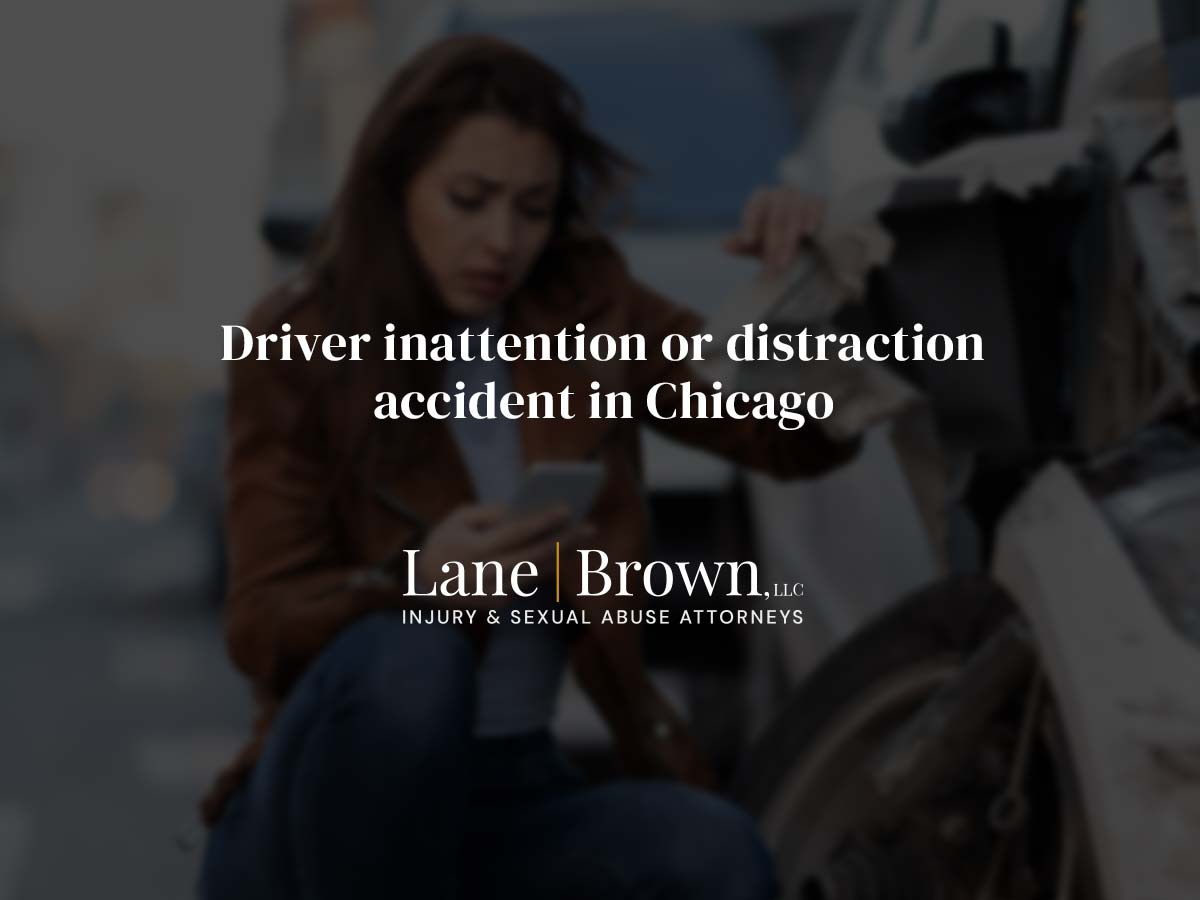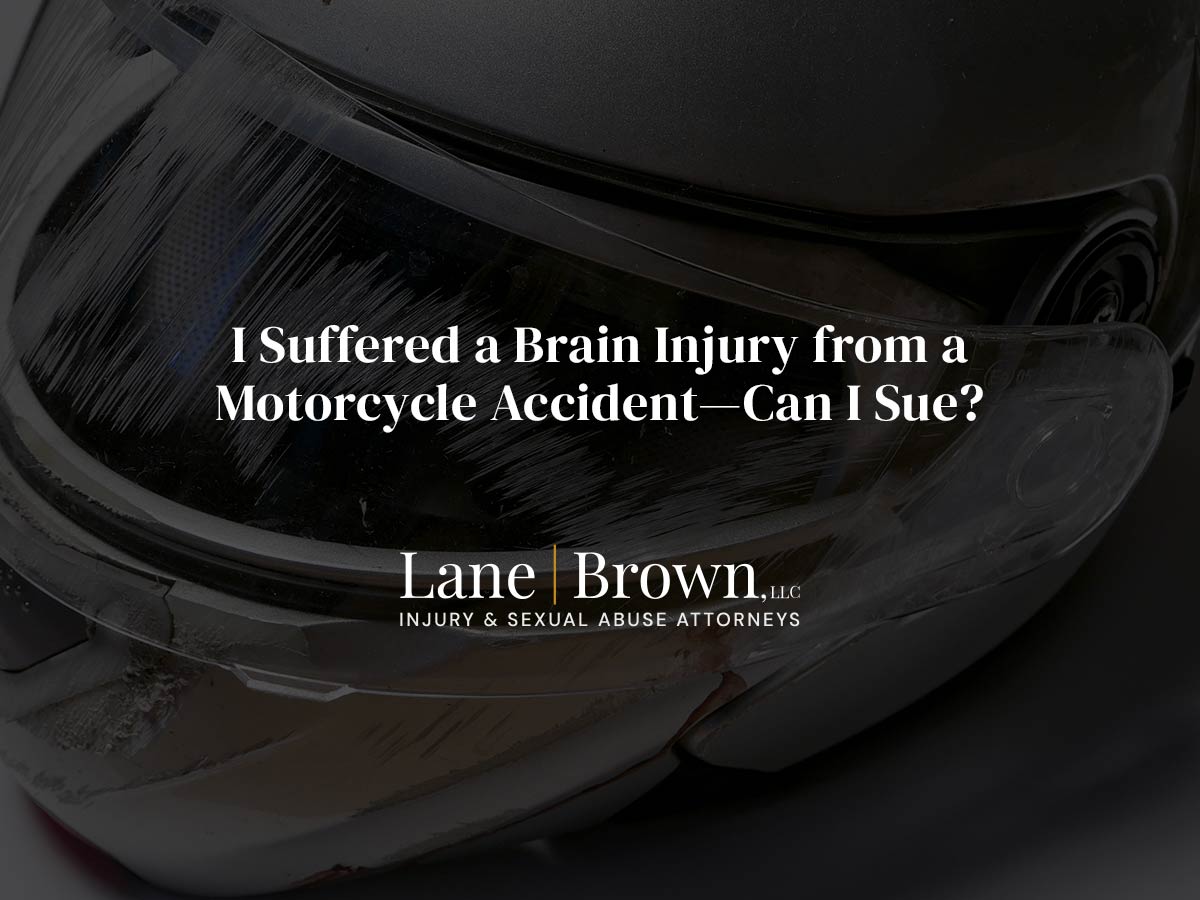In the bustling city of Naperville, car accidents are an unfortunate reality. Whether caused by distractions, adverse weather conditions, or poor road design, these incidents disrupt lives beyond physical harm or property damage.
If you have been injured in a Naperville car accident because of someone else’s fault, you may have the right to claim significant compensation.
The car accident attorneys at Lane Brown, LLC, in Naperville, will examine your accident details and discuss the legal choices you can explore. Get in touch with us today!
Car Accidents in Naperville
Naperville, like any bustling city, experiences its share of car accidents. Many factors contribute to these mishaps. Distractions from mobile devices or passengers can lead drivers astray. Weather conditions like ice and snow make roads slippery, leading to more winter-related accidents. Poor road design can also be a culprit.
The impact on the community extends beyond physical harm or property damage. These unfortunate events disrupt lives – missed work days, hospital visits, and emotional trauma are all part of the aftermath.
To help reduce accident rates in Naperville, awareness about safe driving practices must be amplified. Lane Brown LLC plays an active role by representing victims’ rights and helping them navigate this difficult time. The following are the most common types of car accidents in Naperville.
1. Rear-End Collision
A frequent auto accident in Naperville is a rear-end collision. These accidents often occur when a driver doesn’t maintain a safe following distance, leading to sudden braking and subsequent collisions.
According to the National Highway Traffic Safety Administration (NHTSA), speeding causes about one-third of all car crash fatalities. Injuries caused by rear-end collisions can vary from slight whiplash to more serious spinal cord trauma.
To prevent these incidents, drivers should always keep enough distance between their vehicle and the one ahead.
2. Side-impact Collisions
Side-impact collisions, often called “T-bone” accidents, are common in Naperville. They usually occur when one car strikes the side of another at an intersection.
The National Highway Traffic Safety Administration (NHTSA) reports that distracted driving is a leading cause of these crashes. But running red lights and stop signs also contribute to their frequency.
Injuries from side-impact collisions can be severe due to the lack of protection on vehicle sides. Injuries sustained from side-impact collisions can range from head trauma to spinal cord damage and broken bones.
To avoid such incidents, it’s crucial to always check intersections before proceeding and stay alert for potentially reckless drivers. Remembering defensive driving techniques can make all the difference on Naperville roads.
3. Head-On Collisions
Front-first collisions between two vehicles traveling in opposite directions, known as head-on accidents, can result in severe injuries. It happens when two vehicles traveling in opposite directions crash into each other front-first.
The (NHTSA) notes that drunk driving and distracted driving are common causes of these accidents.
Injuries from Head-On Collisions
Victims may suffer severe injuries, such as brain damage, spinal cord injury, or death, from the strong impact.
Preventing Head-On Accidents
To avoid these accidents, it’s crucial to stay focused on the road and follow traffic rules diligently. Avoiding alcohol before getting behind the wheel also plays a significant role in prevention.
4. Multi-Vehicle Accidents
Multi-vehicle accidents, often called pile-ups, are sadly not uncommon in Naperville. They’re typically a result of one car colliding with another and creating a domino effect.
The Illinois Department of Transportation (IDOT) reports that these accidents can involve three or more vehicles and lead to serious injuries because drivers have less time to react.
Heavy traffic on routes such as I-88 can lead to multiple car accidents because when cars brake suddenly, the vehicles behind them might not have enough time to stop safely. To prevent such incidents, always keep a sufficient distance from the car ahead.
Distracted driving, whether due to texting or other factors, is also a significant cause of these mishaps.
If you are involved in such an accident, it’s crucial to get help immediately from professionals who understand Illinois law well.
5. Single-Car Accidents
Accidents involving only one vehicle, known as single-car accidents, are a significant concern in Naperville. They can occur for various reasons, like reckless driving or poor weather.
Road conditions play a huge role. Slippery roads due to rain or snow often lead to loss of control, resulting in these incidents.
Texting while driving is especially risky and linked to numerous single-car accidents.
Injuries from these crashes vary but can be severe if high speeds are involved. Seek immediate medical help after an accident, as it can cause various injuries like whiplash, fractures, brain damage, or spinal cord injury.
To prevent single-car accidents, drivers should remain alert and regularly maintain their vehicles.
6. Sideswipe Accidents
Sideswipe accidents are a frequent sight on Naperville roads. These occur when two cars moving in the same direction graze each other, causing potential damage and injuries.
What causes these accidents to occur? Often, they happen due to drivers not checking their blind spots before changing lanes or getting distracted behind the wheel. So how can you avoid them?
A critical step is to always check your mirrors and blind spots before making any lane changes. Additionally, maintaining a safe distance from other vehicles gives more reaction time if something unexpected happens.
Remember: staying alert could mean preventing an accident.
7. Rollover Accidents
Rollover accidents in Naperville, although not as common as other types of car accidents, are risky because they can cause severe injuries.
The main culprit behind these incidents? Speeding. When vehicles travel quickly and make unexpected turns or sudden movements, they have a greater risk of overturning. Taller vehicles like SUVs and pickup trucks are more likely to roll over when making sudden turns or maneuvers at high speeds because their center of gravity is higher.
To avoid rollovers, drivers must maintain safe speeds and take extra care when driving on curved roads or making sharp turns. SaferCar suggests tire maintenance as another critical prevention measure; worn-out tires can fail and lead to loss of vehicle control.
As with all accident types, wearing seat belts remains the best defense against injury during a rollover event. So buckle up every time you hit the road.
8. Blind Spot Accidents
Blind spots often occur when drivers fail to check their blind spots before changing lanes or turning. Blind spot collisions happen more frequently than expected, especially on Naperville’s crowded streets.
The primary cause of blind spot accidents includes activities that divert attention from driving, like talking or texting on your phone, eating and drinking, or fiddling with the car radio.
To prevent these accidents, adjust your mirrors correctly and always check your vehicle’s blind spots before making any maneuvers. It’s also vital to be aware of other cars’ blind spots—huge vehicles like trucks—with larger areas not visible from the driver’s seat.
9. Merging Accidents
Merging accidents are a frequent sight on Naperville roads, often causing severe injuries. These accidents occur when one vehicle tries to join the traffic flow and collides with an existing vehicle.
Merging accidents mostly happen because drivers don’t check their blind spots or misjudge the speed of oncoming cars before merging.
How Our Car Accident Attorneys in Naperville Can Help
If you were injured in a car accident that was someone else’s fault, you can seek compensation to aid in your recovery. The car accident lawyers at Lane Brown, LLC, can check what happened in your accident and discuss how we can help you get the money you need to rebuild your life and move forward.
We can investigate the cause of your injuries, determine your financial losses due to the accident, and identify all possible insurance coverage for compensation. Once we have enough proof to help your request, we’ll talk to the insurance companies and fight for you to get all the money you deserve.
If the insurance company doesn’t want to be fair, our lawyers are ready to go to court. During the whole process, a car accident lawyer with lots of experience will be on your side, speaking up for you. You can get a free meeting to talk about your case by reaching out to us.
FAQs
What is the most common type of car accident?
Rear-end collisions are often the most frequent car accidents due to distracted driving or tailgating.
What are the major types of accidents?
The main types include rear-end, side-impact, head-on collisions, and single-car accidents. Multi-vehicle pile-ups can also occur.
How do I find out about local car accidents?
You can check local news outlets or use online traffic reporting sites for recent accident updates in your area.
What are the three types of collisions in a car crash?
The primary collision types encompass rear-end, side-impact (T-bone), and head-on crashes.If you’ve been involved in a car accident in Naperville, don’t navigate the aftermath alone. Reach out to Lane Brown LLC for expert legal guidance and the commitment to ensure you receive the justice and compensation you deserve. Contact us today to take the first step towards recovery and resolution.
